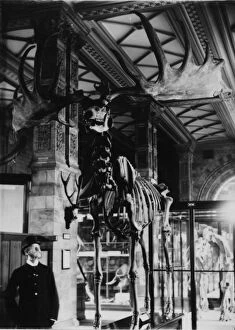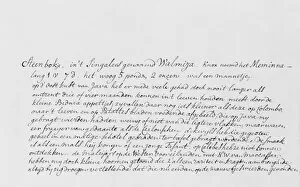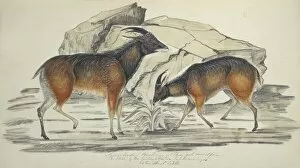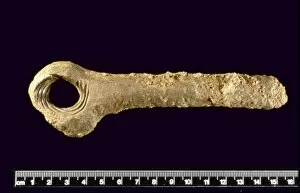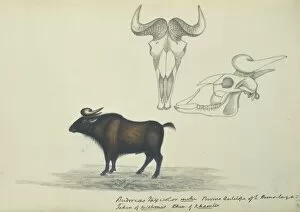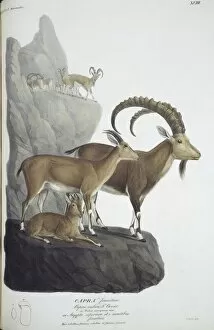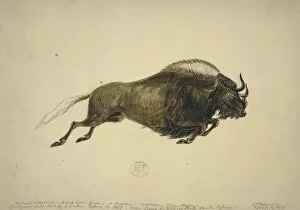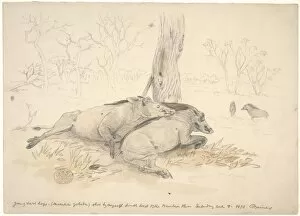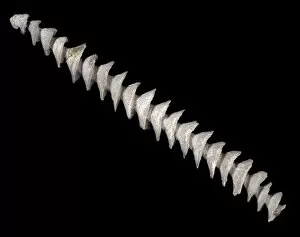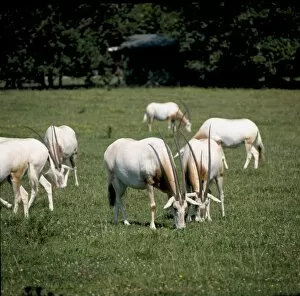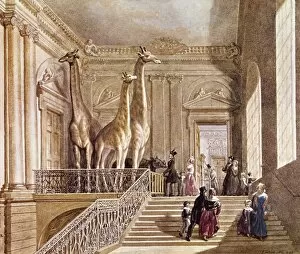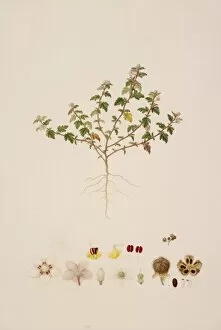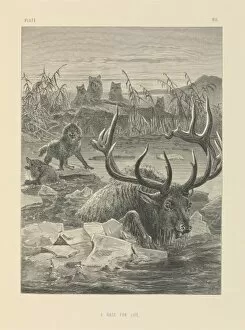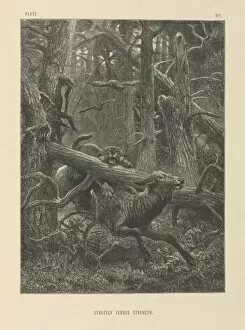Even Toed Ungulate Collection (#21)
"Exploring the Diversity of Even-Toed Ungulates: From Calves to Stag Beetles" A heartwarming sight in Caithness
For sale as Licensed Images
Choose your image, Select your licence and Download the media
"Exploring the Diversity of Even-Toed Ungulates: From Calves to Stag Beetles" A heartwarming sight in Caithness, Scotland as a Black Aberdeen Angus calf finds comfort while suckling from its mother cow. These even-toed ungulates showcase the beauty of nature's nurturing bond. In the picturesque region of Allgaeu, Bavaria, Germany, a Scottish Highland cattle calf (Bos primigenius f. Taurus) roams freely amidst stunning landscapes. This majestic breed represents the rich heritage and resilience of even-toed ungulates. The rolling hills of Glencolumbcille in County Donegal, Ireland are adorned with sheep pastures that create an idyllic scene straight out of a postcard. Witnessing these graceful creatures graze peacefully is a reminder of their important role in sustaining rural economies. Journeying to South America, we encounter Lama pacos - alpacas - gracefully roaming through vibrant landscapes in Bolivia. Their soft wool has been cherished for centuries by indigenous communities and showcases the harmonious relationship between humans and even-toed ungulates. Delving into the world of insects, we discover Cladognathus sp. , a fascinating stag beetle species known for its impressive mandibles and unique adaptations within the realm of even-toed ungulate biodiversity. Rewinding time to our ancient ancestors' era brings us face to face with Homo habilis in action – showcasing early human interactions with various species including even-toed ungulates like never before captured on Picture No 12480202. Amidst lush meadows grazes Fleckvieh cattle – powerful yet gentle giants symbolizing strength and vitality within this diverse group of hoofed animals called even-toed ungulates. Llamas grace us with their presence against Bolivia's breathtaking backdrop – embodying resilience as they navigate challenging terrains.






